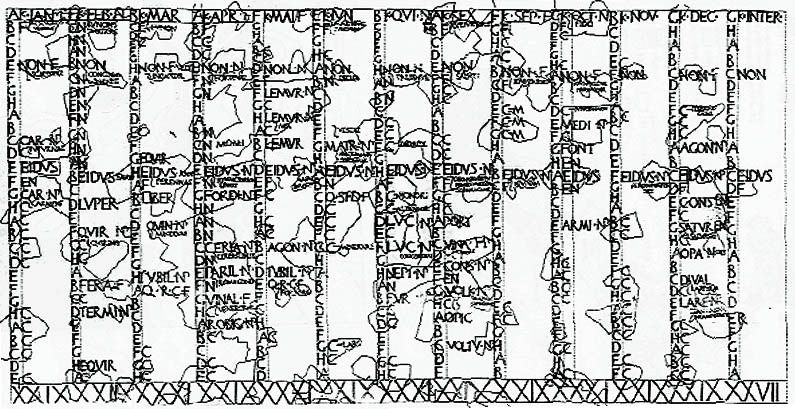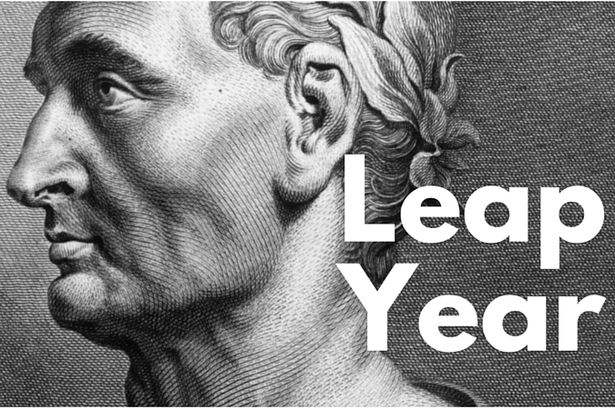He’s considered the father of leap year
There were 355 days in a year according to the Roman calendar that was in use before Caesar came to power, which was based on the lunar cycle. The solar year, which is the length of time it takes for the Earth to complete one full round around the sun, was 10 ¼ days shorter in this system. Roman officials were supposed to add extra days to the lunar calendar each year at their discretion to keep it in sync with the seasons, but this didn't always happen, leaving the calendar confusing, out of sync with the seasons, and vulnerable to abuse by politicians looking to extend their terms in office. Caesar adopted a new system, the Julian calendar, which had 365 days in a year and went into operation in 45 B.C., after meeting with the astronomer Sosigenes. The calendar was designed to be following the solar cycle, but Caesar also added a day, known as a leap day, every four years to make up for the fact that the solar year is 365 ¼ days long.
Until the Gregorian calendar, which was somewhat modified from the Julian calendar, was established in the late 16th century, the former remained the norm. The Gregorian calendar is the most popular civil calendar in use today.












